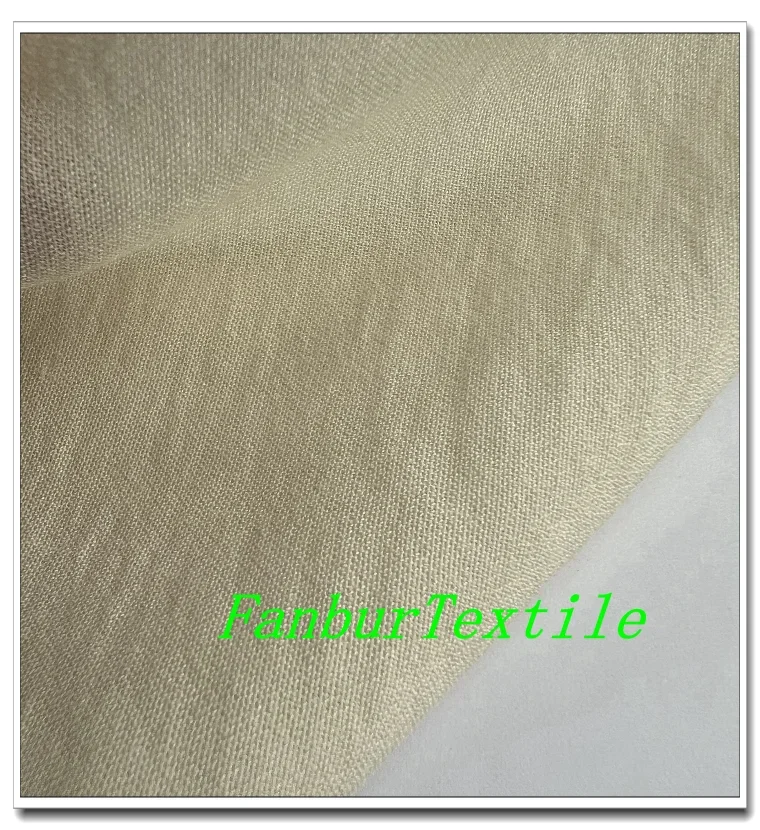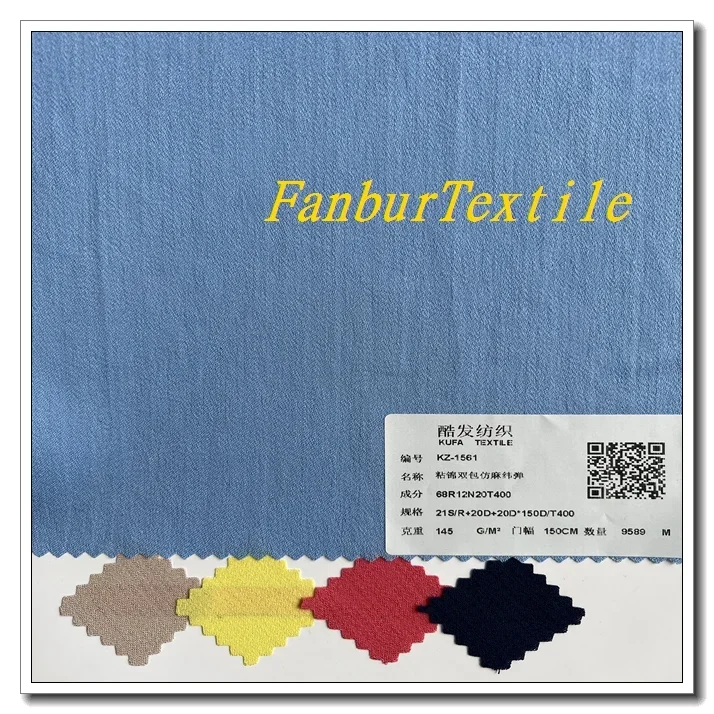Have you ever wondered how those vibrant patterns and intricate designs come to life on your favorite fabrics? In this blog post, we are diving deep into the fascinating realm of woven dyeing.
From ancient traditions passed down through generations to cutting-edge modern techniques, woven dyeing has evolved over time, resulting in a variety of captivating textile masterpieces. Whether it's delicate silk scarves or sturdy denim jeans, the process of transforming plain fibers into mesmerizing works of art is truly awe-inspiring.
Traditional Methods of Woven Dyeing
Traditional methods of woven dyeing have been practiced for centuries, passed down through generations as a cherished art form. These time-honored techniques involve using natural dyes derived from plants, insects, and minerals to create vibrant colors on woven fabrics.
One of the oldest traditional methods is called resist dyeing. This involves applying wax or other substances onto specific areas of the fabric to prevent the dye from penetrating those areas. The fabric is then immersed in a dye bath, resulting in beautiful patterns where the color has taken hold.
Another method is immersion dyeing, where the entire fabric is submerged into a vat of dyed liquid. The longer it stays in the vat, the deeper and more intense the color becomes. This method allows for uniform coloring throughout the fabric.
Tie-dyeing is another popular traditional technique that involves tying sections of fabric tightly with strings or rubber bands before immersing them into different colored dyes. Once untied, intricate patterns emerge on the fabric due to areas protected by these bindings.
Batik is yet another fascinating traditional method that originated in Indonesia. It involves drawing designs on cloth with hot wax and then dipping it into multiple layers of dyes. The wax acts as a barrier between each layer, creating unique and intricate designs.
These traditional methods require skillful craftsmanship and patience since they often involve manual labor and long processing times. However, they result in exquisite pieces with rich colors and timeless beauty that cannot be replicated by modern technology alone.
The legacy of traditional woven dyeing continues to inspire artists and designers today who seek to preserve this ancient craft while adding their own contemporary twist to it.

Modern Techniques for Woven Dyeing
In today's fast-paced world, traditional methods of dyeing have been revolutionized by modern techniques. These innovative approaches not only save time and effort but also produce vibrant and long-lasting colors on woven fabrics.
One such technique is vat dyeing, where the fabric is immersed in a large vat filled with dye. This method allows for full penetration of color into the fibers, resulting in rich and even shades. Another popular technique is direct dyeing, where dyes are applied directly to the fabric using various methods like spraying or printing. This process offers endless possibilities for creating intricate patterns and designs.
Advancements in technology have also given rise to digital printing, which has transformed the way textiles are dyed. With this technique, computer-controlled printers apply precise amounts of dye onto specific areas of the fabric, producing highly detailed images or patterns.
Furthermore, eco-friendly methods such as low-impact dyeing have gained popularity due to their minimal environmental impact. These techniques use less water and energy while still achieving excellent color results.
Modern techniques for woven dyeing offer an array of options for textile designers and manufacturers alike. The ability to create unique colors and patterns quickly has opened up new creative possibilities in fashion, interior design, and many other industries.
Commonly Used Materials and Dyes in Woven Dyeing
When it comes to woven dyeing, there are a variety of materials and dyes that are commonly used in the process. These materials play a crucial role in determining the final outcome of the dyed fabric, while the choice of dyes can greatly impact the colorfastness and longevity of the colors.
One commonly used material in woven dyeing is cotton. Cotton fibers have an affinity for dyes, making them easy to color. They also possess good moisture absorption properties, ensuring that dyes penetrate evenly throughout the fabric.
Silk is another popular material for woven dyeing. Known for its luxurious feel and lustrous appearance, silk takes on vibrant colors exceptionally well. Its smooth surface allows dyes to adhere effectively, resulting in richly saturated hues.
Wool is often chosen for its natural ability to absorb dye molecules deeply into its fibers. This characteristic results in long-lasting and fade-resistant colors when wool fabrics undergo the dyeing process.
As for dyes themselves, there are various types available including natural plant-based dyes like indigo or cochineal as well as synthetic ones such as reactive or acid dyes. Each type offers different advantages depending on factors like desired color intensity or wash fastness requirements.
In conclusion, understanding common materials and dyes used in woven dyeing provides insight into how these choices affect both aesthetics and durability of dyed fabrics.

Advantages and Uses of Woven Dyeing
Woven dyeing offers a plethora of advantages that make it a popular choice among textile manufacturers. One of the biggest advantages is the ability to create vibrant and long-lasting colors on woven fabrics. With the use of high-quality dyes and proper techniques, woven dyed fabrics can retain their color intensity even after multiple washes.
Another advantage is the versatility in design options that woven dyeing provides. Manufacturers can experiment with different patterns, motifs, and color combinations to create unique and eye-catching designs. This allows for endless possibilities when it comes to creating garments, home furnishings, or other textile products.
In addition to aesthetics, woven dyeing also enhances the durability of fabrics. The dye penetrates deep into the fibers during the dyeing process, resulting in improved color fastness and resistance to fading over time.
Furthermore, woven dyed fabrics are often more resistant to wrinkling compared to printed ones. This makes them ideal for garments or items that require frequent washing or handling.
The uses of woven dyed fabrics are vast. They are commonly used in fashion industry for creating clothing such as dresses, shirts, skirts etc., as well as accessories like scarves and ties. Home decor items like curtains and upholstery also benefit from woven dyed fabrics due to their vibrant colors and durability.
Woven dyeing opens up a world of possibilities for adding color and creativity into textiles while ensuring longevity. Whether you're looking at fashion or interior design applications – this technique has proven its worth!

Conclusion
Understanding the woven dyeing process can teach you about the artistry and skill required to create vibrant and attractive textiles. Whether through traditional methods or modern technology, this ancient practice continues to thrive, adding beauty and functionality to fabrics around the world.
From natural dyes derived from plants and minerals to synthetic dyes available in a variety of colors, there is no shortage of materials to achieve stunning results in woven dyeing. Each material has its own unique properties, allowing craftsmen to create complex patterns, gradients or solid colors.
The advantages of dyeing woven fabrics are many. It not only enhances the visual appeal of textiles but also increases their durability by penetrating deeply into the fibers. It ensures long-lasting color retention even after repeated washing or exposure to sunlight.
Woven dyed fabrics can be used in various industries such as fashion design, home decoration, interior decoration, etc. From eye-catching stylish garments on the catwalk to cozy blankets that add warmth and personality to living spaces – machine-dyed textiles have become an integral part of our daily lives.